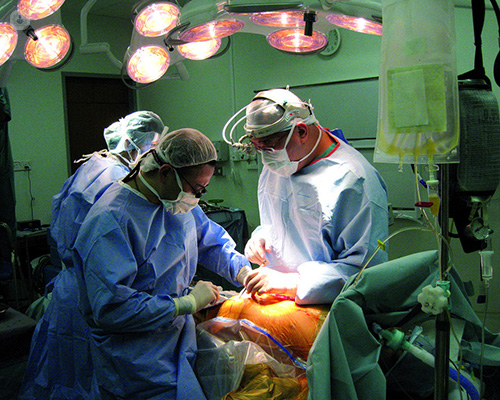


The liver is a major organ, with the main function of filtering the blood that goes around the body and producing bile that breaks down foods in the small intestine. If the liver becomes so diseased or damaged that it cannot heal, known as liver failure, then it may be necessary for it to be transplanted with a replacement healthy one.

What are the main causes of liver damage?
The main causes of liver damage and cirrhosis include:
Alcoholic-related liver disease (ARLD)
Viral hepatitis
Cirrhosis
Liver cancer
What are the different types of liver transplant?
Because donor livers are difficult to come by, and because there is a long waiting list of recipients for donor livers, there is a strict assessment of who is suitable for a liver transplant.
A patient is considered a suitable recipient if there lifespan would be shorter without having the transplant, and that there is at least a 50% chance of surviving for five years following transplantation.
The different ways that a liver transplant can be carried out are:
Deceased liver donation
- Where the donated liver comes from a person who has recently died and that has a healthy liver.
Living donor transplantation
- This form of transplantation takes a section of liver from a living donor and implanted into the existing liver. Because the liver is able to regenerate itself, with the support of the section of healthy liver, the diseased liver will regenerate. The donor’s existing section of healthy liver will also regenerate.
Split donation
- Similar to a deceased liver donation, a healthy liver is removed from a recently deceased patient. The liver is then split and donated to two separate patients where it will regenerate into two complete healthy organs.
After liver transplantation
Following liver transplant surgery, the recipient patient should see an almost instant improvement of the symptoms they were experiencing from the diseased liver. Patients will often be able to return to their usual activities within a few months, but complete recovery may take much longer.
A transplant patient will need to take immunosuppressant drugs for the rest of their life to stop the body rejecting the donor liver.
Liver transplant risks
There can be some risks following liver transplant surgery, despite the outlook being good in most cases, with around eight out of ten liver transplant patients going on to live for at least five more years, and many living for more than 20 years.
The main problems with liver transplant surgery include:
- the donated liver being rejected by your body
- the donated liver not functioning at first, meaning another transplant needs to be carried out straight away
- bleeding
- an increased risk of infection
- blood flow problems to and from the liver
- an increased risk of skin cancer
To make an appointment with a liver specialist, click here.